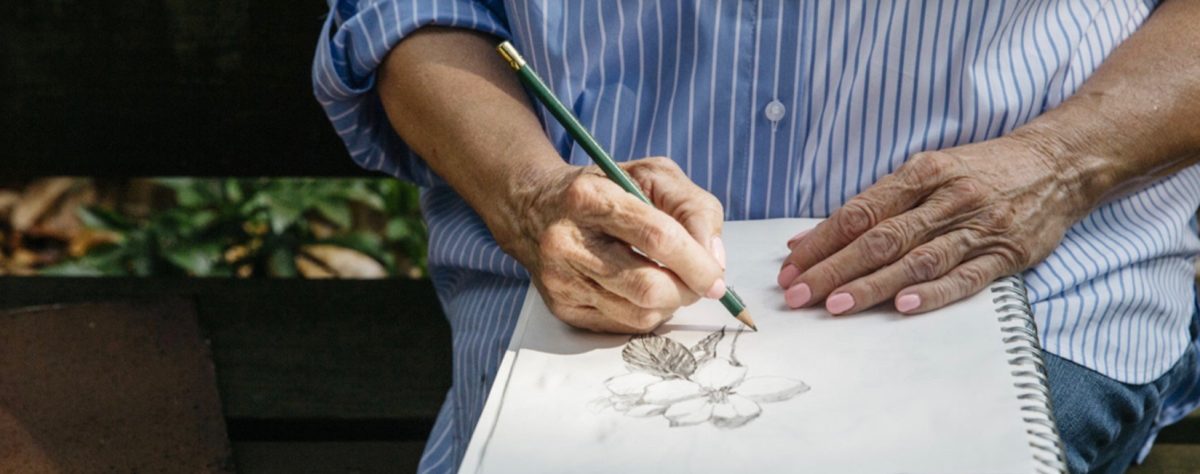 “When the color achieves richness, the form attains its fullness, also.” Paul Cezanne (from The Painter’s Keys)
“When the color achieves richness, the form attains its fullness, also.” Paul Cezanne (from The Painter’s Keys)
From King Tut’s tomb to 14th century illuminated manuscripts to the luxurious robes of the Byzantine Madonnas, ultramarine blue has been used illustrate the importance of the person or object depicted. Ultramarine blue earned this place in art from the high cost of its chief ingredient, lapis lazuli. The introduction of the semi-precious mineral into Europe likely came from Marco Polo through Venice, say some accounts.
According to the website of The University of Hull (UK), Johannes Vermeer (1632-1675) painted only with true ultramarine. Vermeer’s pure whites were achieved by the mixing of ultramarine with lead white. Hull reports that due to the high cost of ultramarine blue most artists had chosen to use a less expensive blue made with azurite. However, this did not have the brilliance of the true ultramarine. Vermeer chose only the pure form. And his “Woman with a Water Pitcher” beautifully exemplifies this choice in the woman’s white head covering and her rich blue gown. Hull’s in-depth description of ultramarine is a fascinating read.
Another website, EssentialVermeer.com has a more in-depth description of the process Vermeer utilized in the painting, “Woman with a Water Pitcher” and others. Essential Vermeer has detailed and enlarged portions of Vermeer’s paintings where the artist has used ultramarine in the shadows of pure white objects to maintain the luminosity of object. The more famous Vermeer painting, “Woman with a Pearl Earring,” also had the characteristic use of ultramarine.
Gamblin states ultramarine is a great glazing color and calls it one of the few mineral colors to be “completely transparent.” Golden Paints gives ultramarine blue an excellent permanency rating and a lightfastness of one (very lightfast). Synthetic ultramarine is what is now produced by both companies, as well as most other art suppliers.
Synthetic versions of ultramarine didn’t arrive until the early 1900’s when the cost came down markedly. If you want to make your own ultramarine blue, the pure pigment can be purchased from the Dutch company, Kremer Pigmente. Kremer specializes in reproducing, as close to exact as possible, pigments of the original Old Master’s paint formulas. Kremer’s pigments are widely used in the restoration process of Old Master’s paintings. A word of warning though, if you are planning to purchase original formula Ultramarine Blue pigment, you will quickly see why it is the rich man’s blue.
Purchase Kremer pigments here
The painting “Woman with a Water Pitcher” is in the original collection of the Metropolitan Museum of Art.

